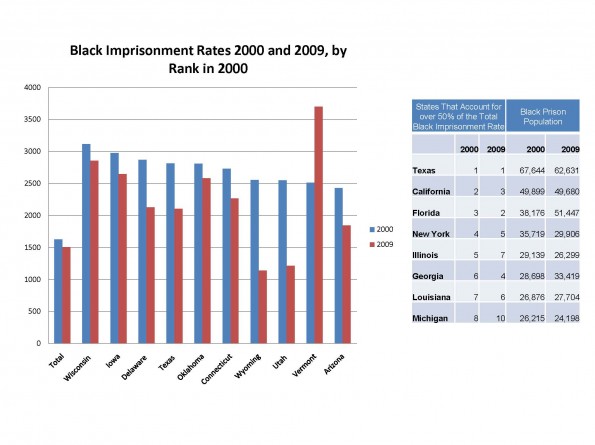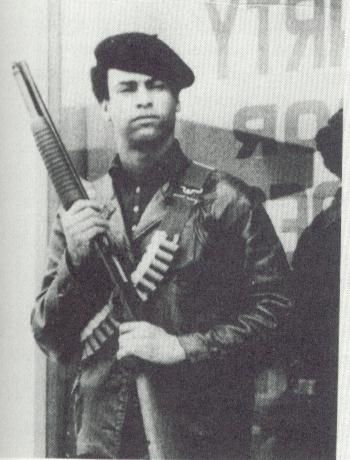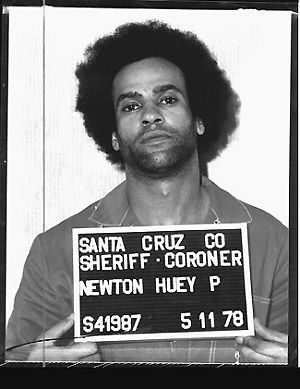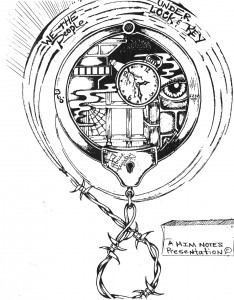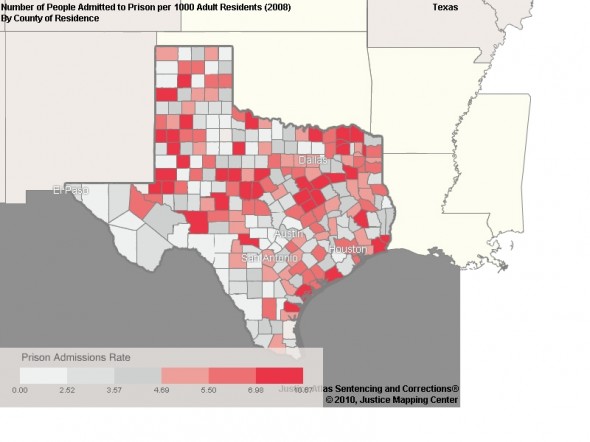In 2010 America, Wearing Dreads Gets You Kicked Off Homecoming Court…
Actually I have decided that I am too agitated about this latest incident of stupid and potentially racist school rules not to blog about it separately.
Here’s the story according to WLBT:
A week before Vicksburg High School’s homecoming festivities several escorts found out that they would not be participating.
Patrick Richardson said he was told by school officials that his hair is keeping him from escorting one of the homecoming maids.
The sixteen-year-old is sad that he won’t be in the next Vicksburg High School yearbook, pictured escorting his best friend Sa’shia Jones, who was chosen junior class maid.
Patrick said after paying to have a tux fitting last Thursday, the principal called him to the auditorium and told him that he could not be a homecoming escort because he wears dread-locked hair.
The junior was told he would have to cut it to be an escort.
“When I decided to grow my hair, that’s what I wanted to do,” Richardson said. “I thought it was acceptable, but from what the principal told me homecoming is of a higher standard and dreads are just not acceptable.”
Patrick has been growing the dreadlocks since last October and said the hairstyle is not prohibited or addressed in any way in the school handbook.
Full disclosure: Black hair and its social implications are a bit of an obsession of mine. When I was working on my masters thesis in New York City in the early 1990s, I wrote about the social and historical meaning of Black hair. As part of that research, I began to understand my own struggle with my hair as a metaphor of my struggle with racism in America. I have published an essay based on my thesis called “When Black Hair Tangles with White Power” in a book called Tenderheaded: A Comb-Bending Collection of Hair Stories edited by Juliette Harris and Pamela Johnson. I will not bore you with my arguments from that essay. Suffice it to say that I was certain that we had moved past the “hair wars” in America in 2010. Sadly, that is obviously not the case.
Here is what Patrick’s mother has to say about this situation and I could not have said it better:
Richardson’s mother, Tammi Mason, said she is upset because her son’s money was not refunded and that the school is not embracing his cultural expression.
“It’s actually a form of discrimination to me, because if that’s the case, then everybody who’s fat shouldn’t be able to be in it on the court,” Mason said. “They could say anything. Actually, they could say you have to be a Size 10 to be one of the maids.”
Richardson’s dreadlocks are about eight inches long and were going to be braided and pulled back for this Friday’s homecoming ceremonies.
Another Vicksburg High School parent, Lynda Jackson, told WLBT that her son De-Marcus Jackson, a freshman, also wears dreadlocks and was humiliated to find out that his hair will prevent him from escorting the sophomore maid.
Vicksburg Schools Superintendent Dr. Elizabeth Swinford said there’s no written policy, but there is a practice that bans dreadlocks on the homecoming court.
